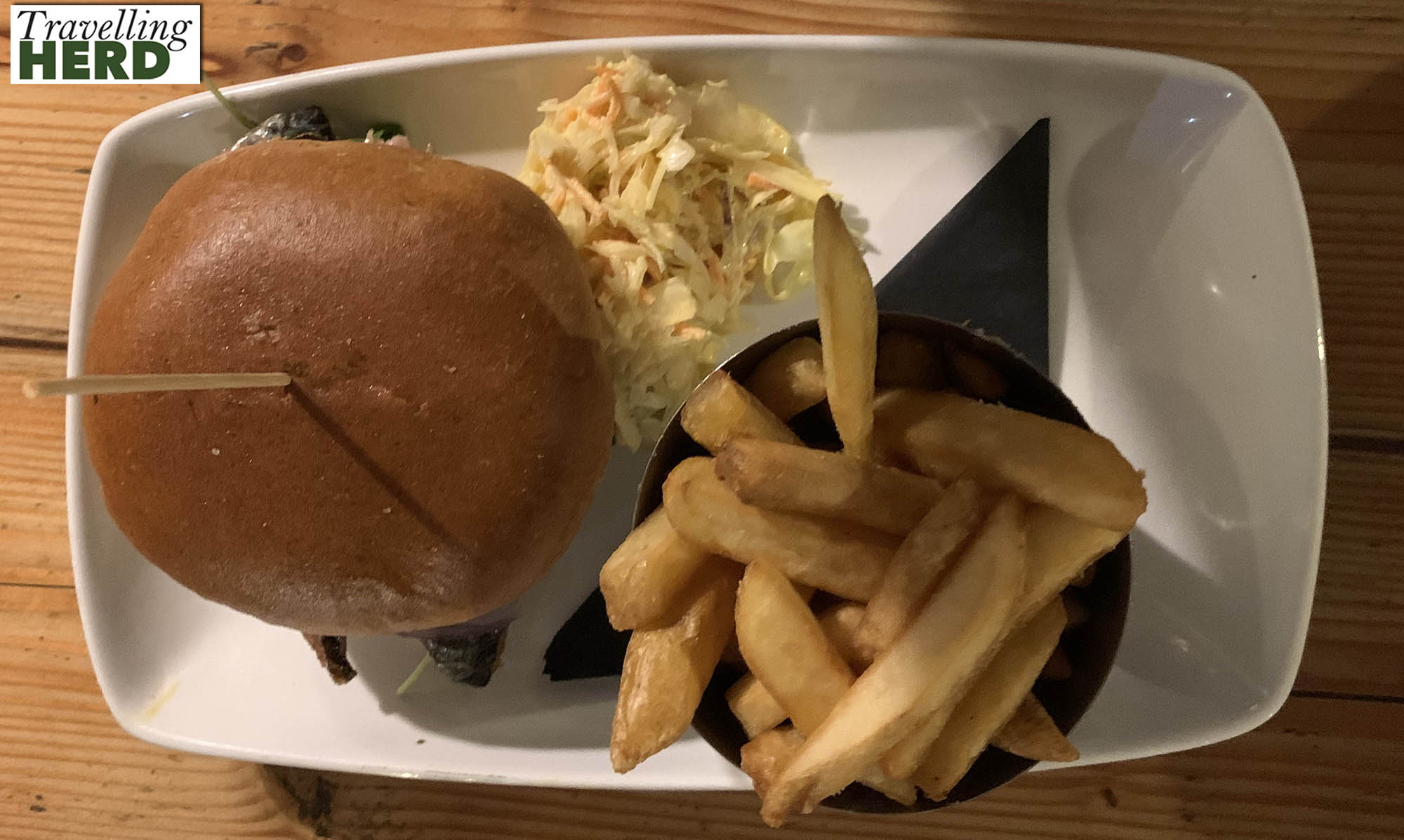Monday 6th and Tuesday 7th September 2021
We like to break up the journey to the Scillies and take in a few interesting sights on the way. This year our first overnight stay was Charlestown where we had a lovely view over the harbour from our room window.
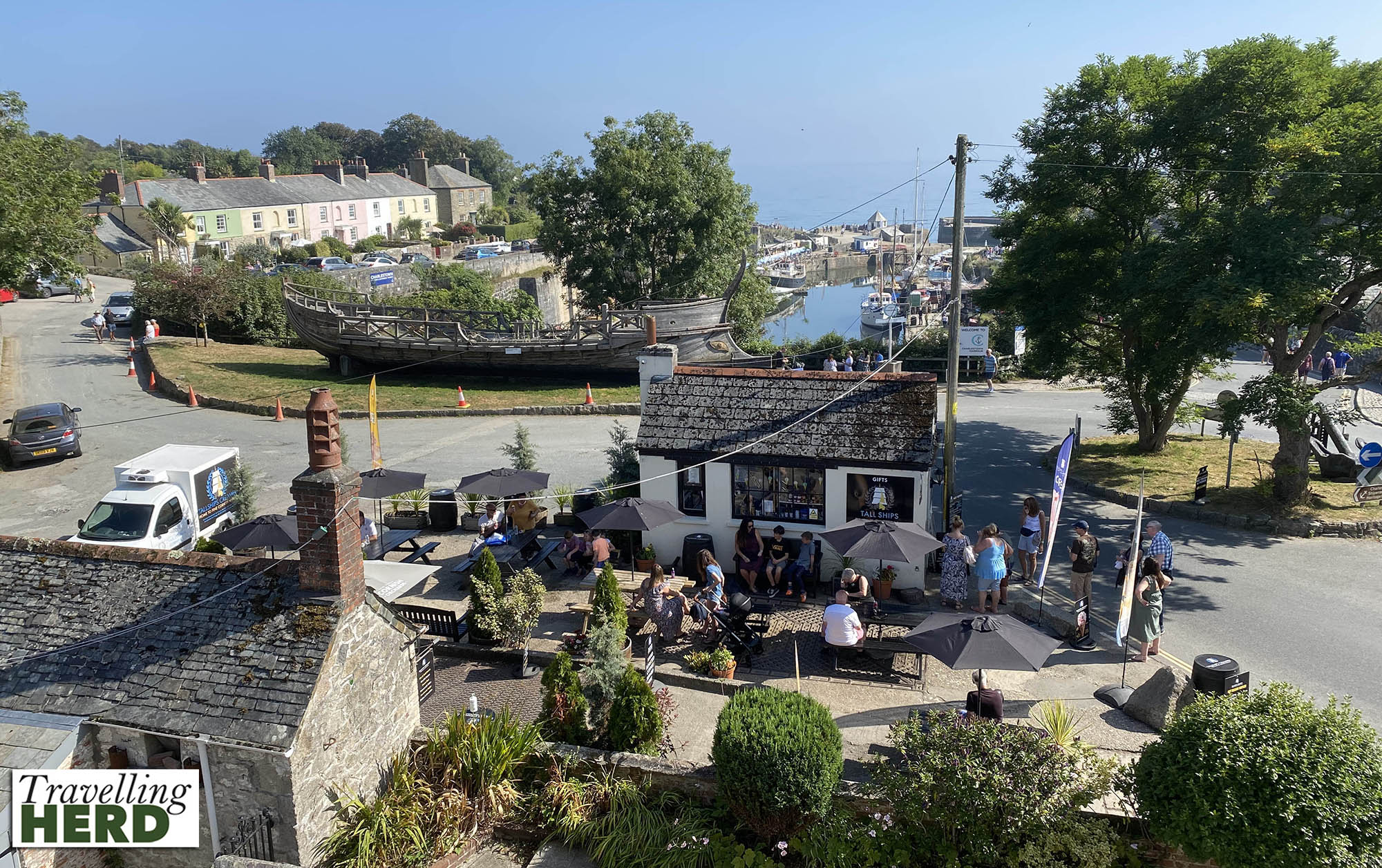
We had visited briefly last year and decided it was so picturesque it would be worth an overnight stay to allow us to sample the local hostelries . . .
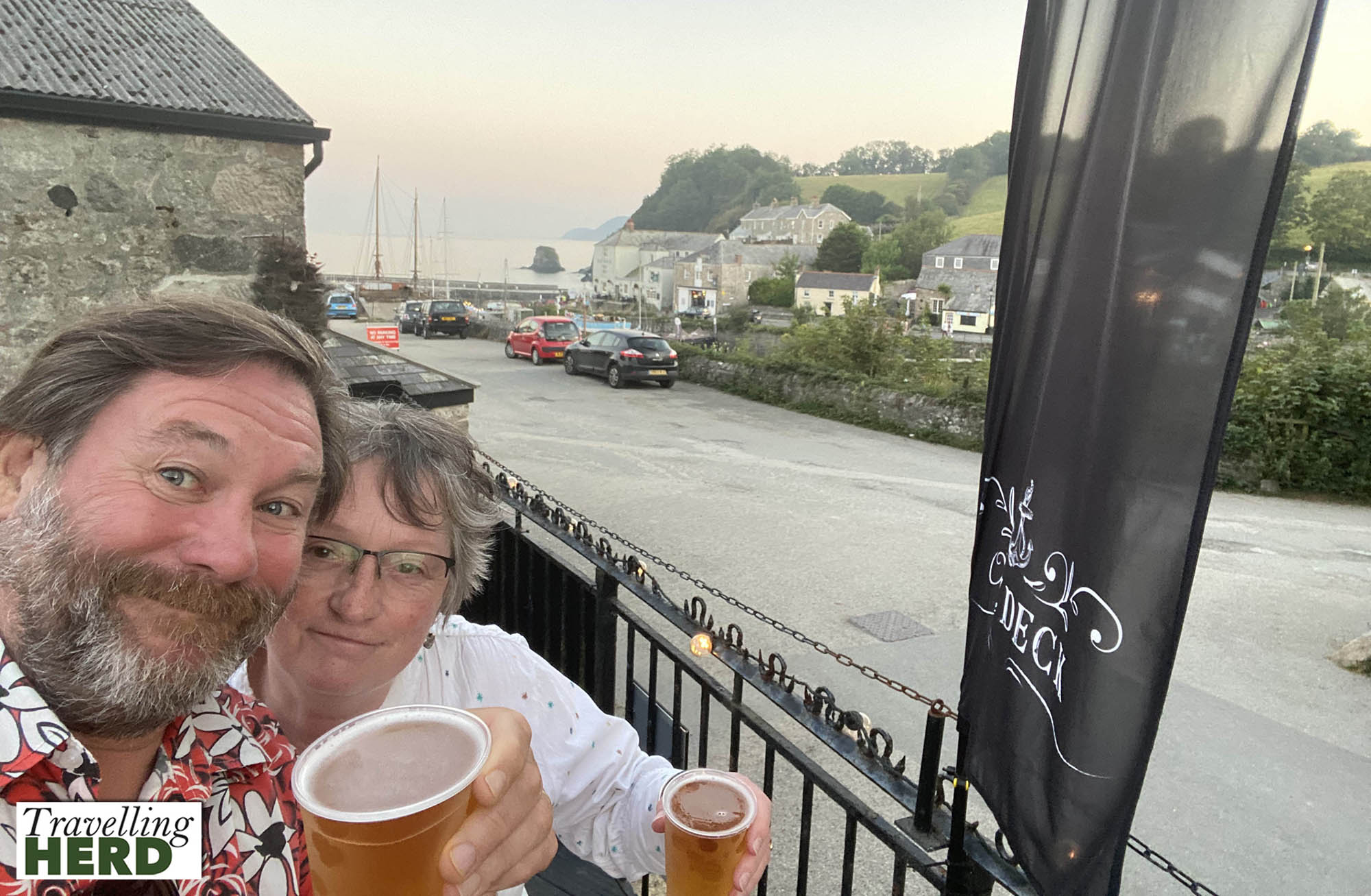
. . . and the atmosphere at the harbour-side bars in the evening.
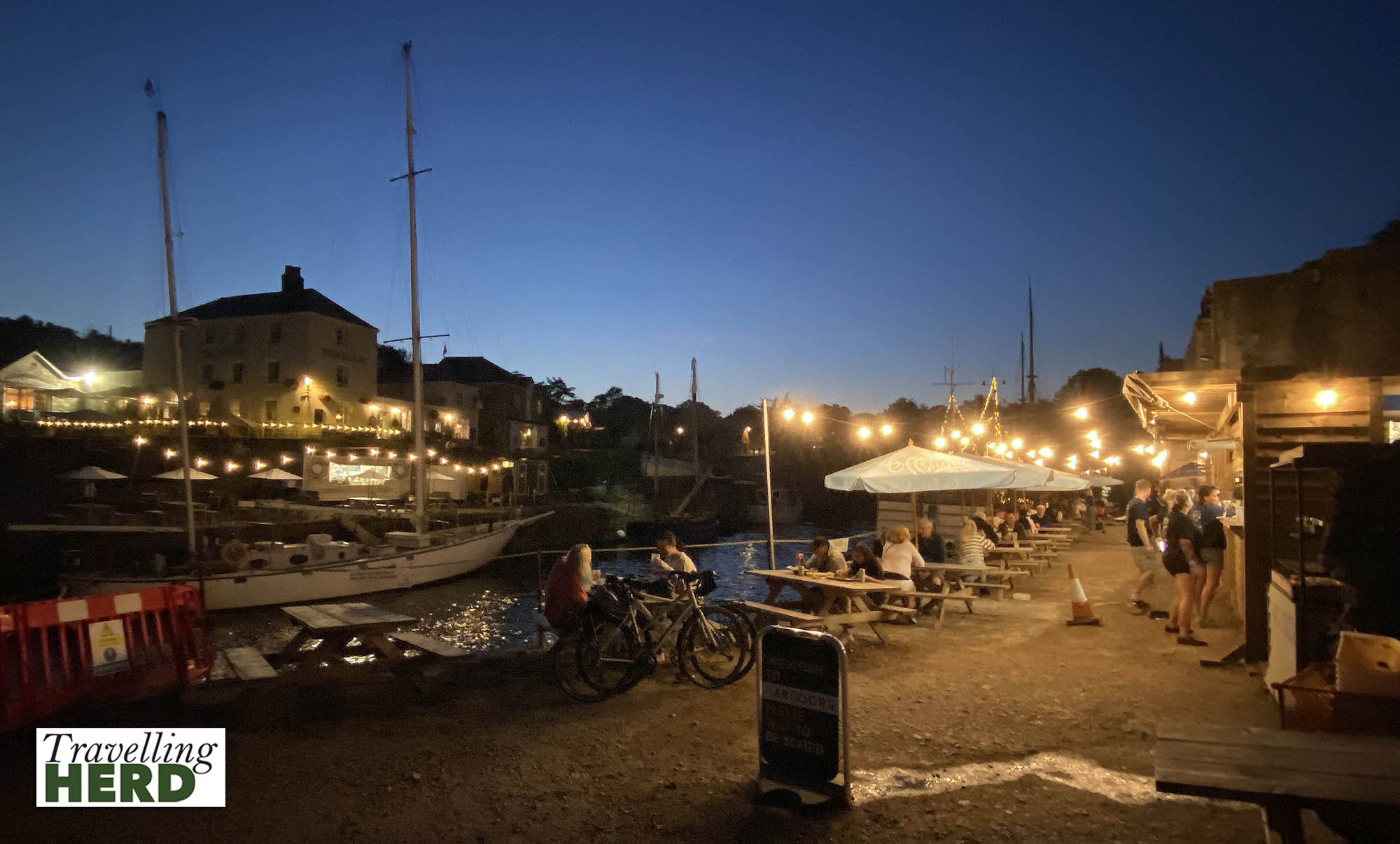
Well rested after an uncharacteristic lie-in we took a quick stroll in the morning before leaving to take a look at St Austell.
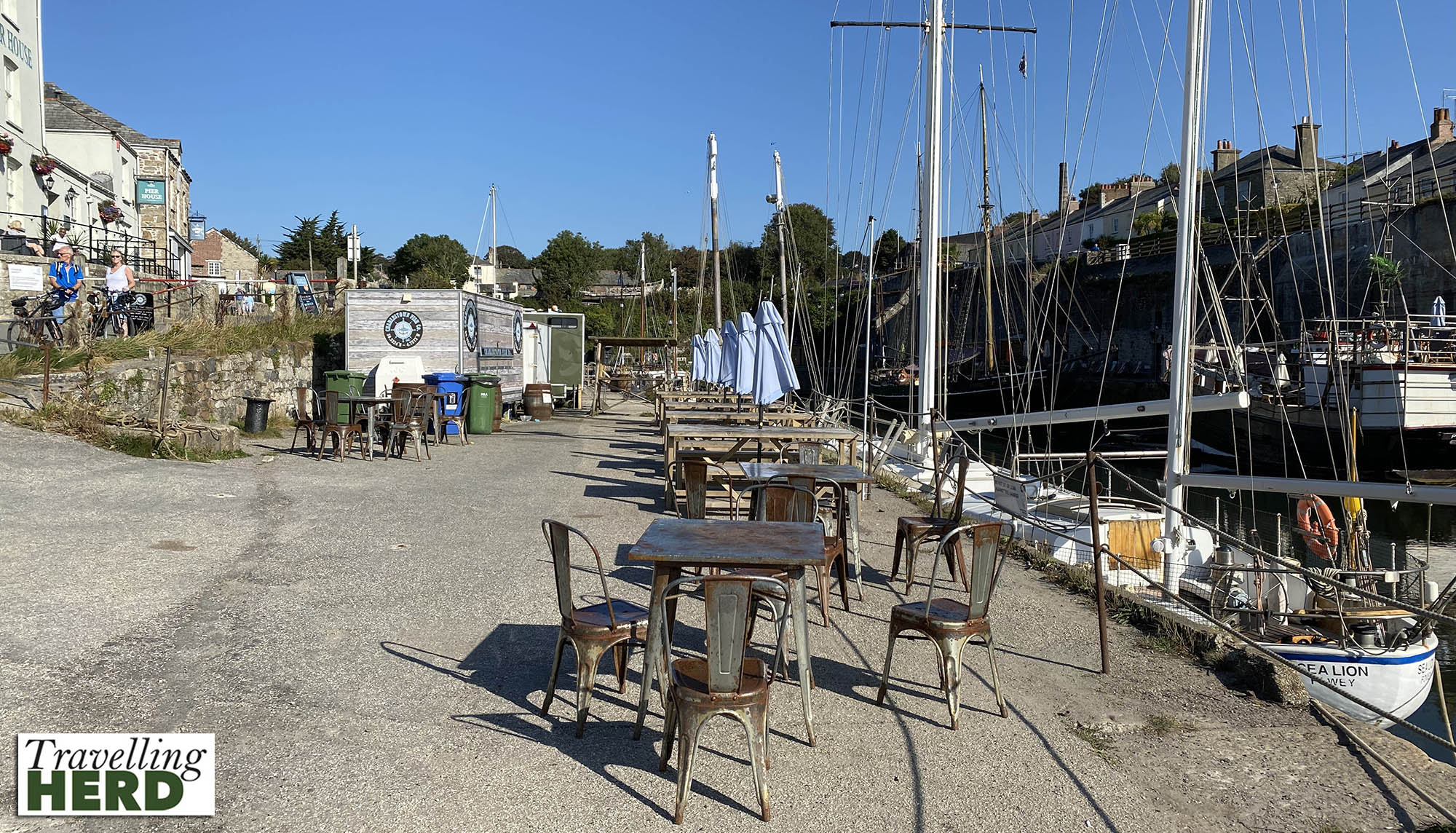
Matilda had been expecting a castle keep on a mound, based purely on the brewery logo, but instead we found St Austell Market House which is apparently said to be “the jewel in St Austell’s crown”.
During the middle ages markets and fairs were often held in churchyards, but Edward III passed a law prohibiting such events on church land and markets therefore had to relocate. Records show that in 1791 a small market building stood here but the successful town outgrew it and in 1842 Queen Victoria gave Royal Consent to an Act of Parliament allowing the people of St Austell to build a Market House and Town Hall on the site. This Grade II listed building was completed in 1844 at a cost of £7,000.
When the Market House was completed, trading in the streets was banned and livestock and meat were sold from the centre of the floor of the new building with live animals sometimes on display in the alcoves. Upstairs there were long benches for farmers’ wives to sell eggs, poultry and preserves.
Now independent traders operate here, and a coffee shop is situated by the main entrance which was originally where farm produce was sold.
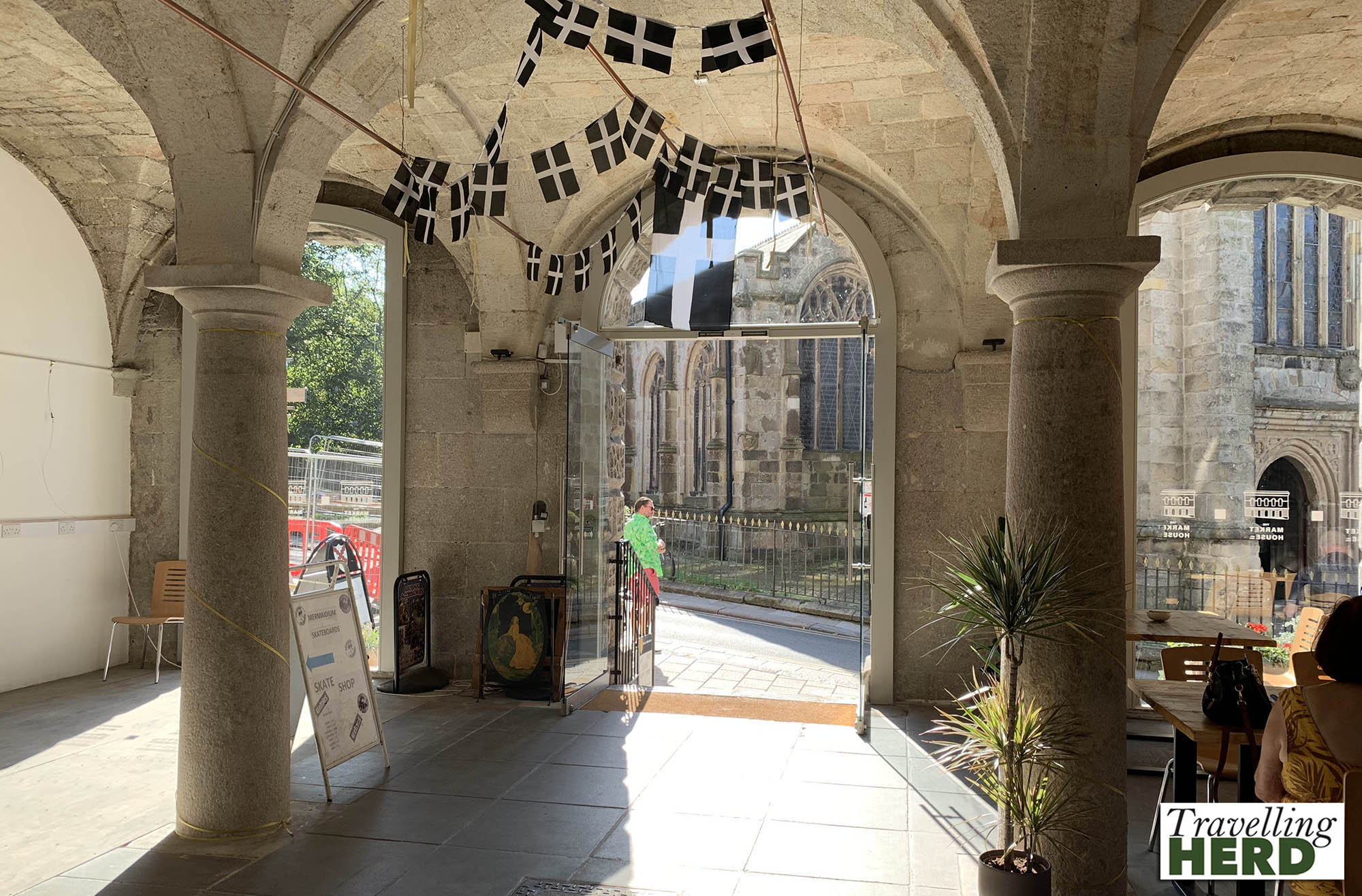
The central octagonal building currently houses a hairdressers which did seem like it would be having a haircut in a goldfish bowl.
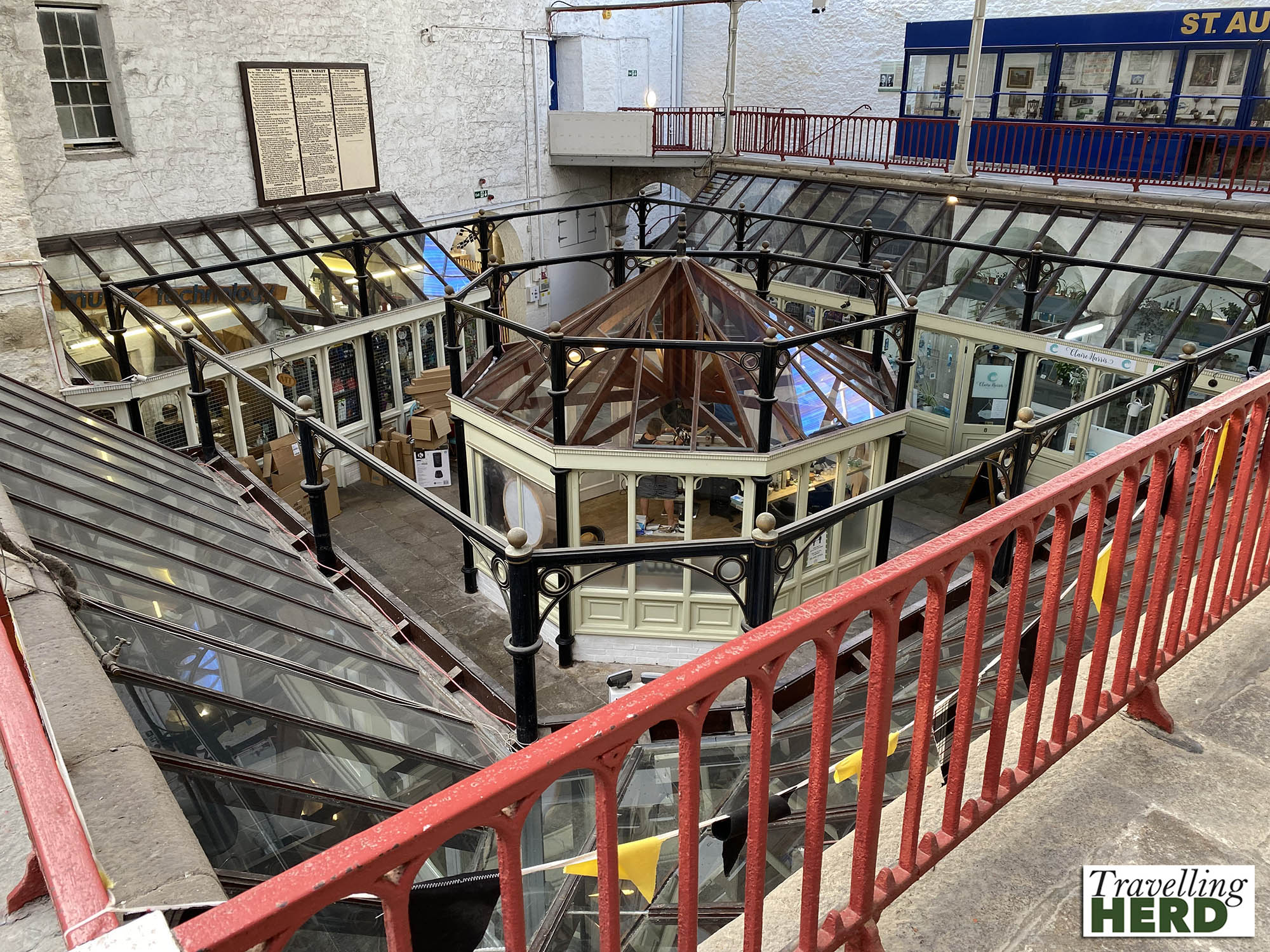
As we still had time, we also dropped in on Truro which is both a cathedral city [the only city in Cornwall and the most southerly one in mainland Britain] and the county town and administrative centre of Cornwall.
Truro Cathedral is a relatively recent building and is situated on the site of the original Parish church of St Mary the Virgin. When Truro was designated a city in 1876 it was assumed the parish church would be demolished to make way for the cathedral. However, the architect John Loughborough Pearson, argued against this and was persuasive enough to gain permission to keep at least part of it.

Demolition of St Mary’s began shortly after the final services were held on Sunday 3 October 1880, and left only the south aisle, to be amalgamated into the new cathedral. ‘St Mary’s Aisle’ still serves as Truro’s central parish church. In 1898, the money ran out, although not before the completion of the quire, transepts and crossings. Fortunately, fund-raising re-started almost immediately, and eleven years later work re-started leading to final completion in 1910.
The interior is light and airy and the cathedral stands tall above the narrow streets and alleys around it.
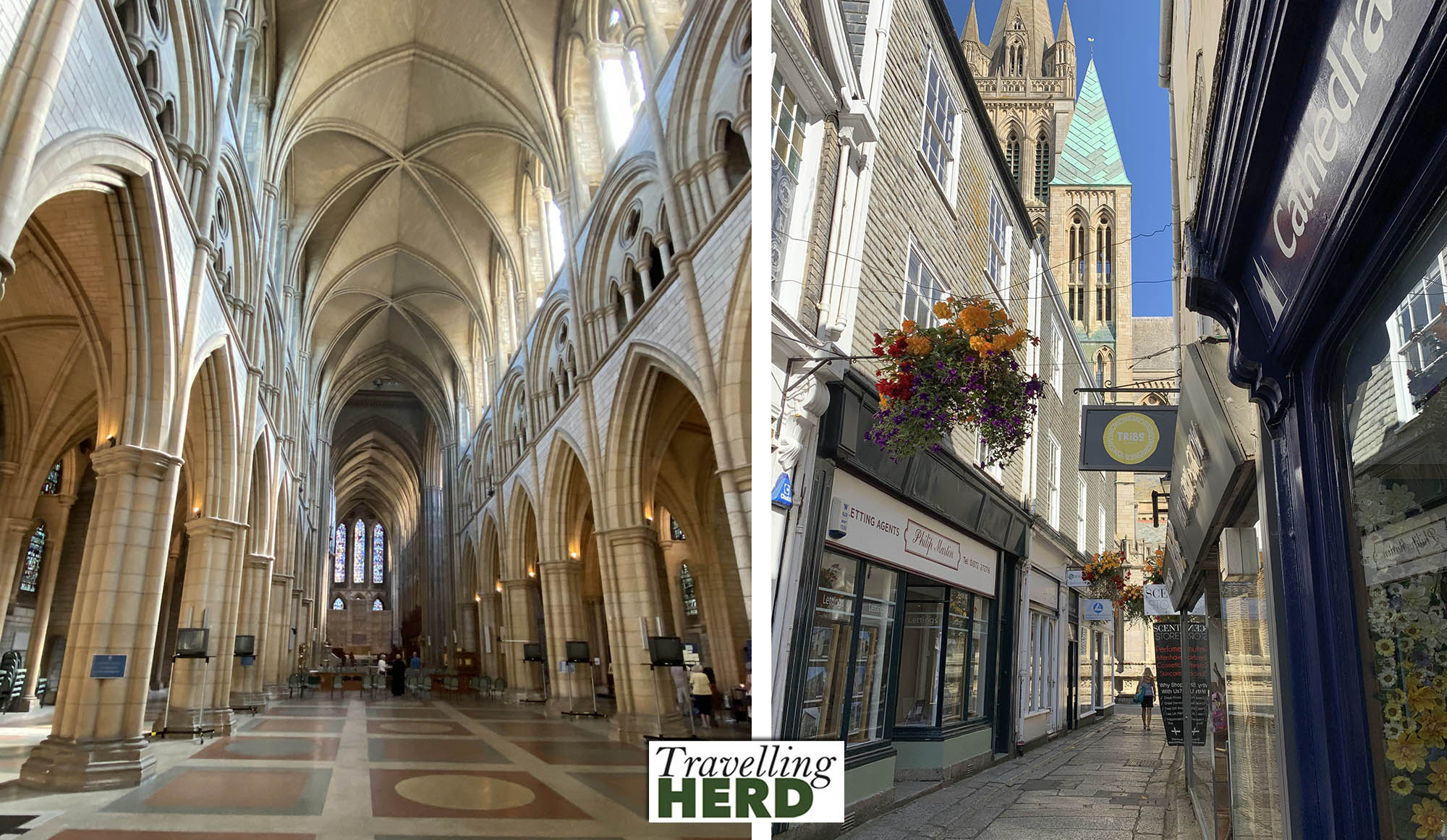
From here we drove on to the heliport at Penzance where we were told there were some delays due to maintenance regimes. The delays were such that our two daughters, who were booked onto a later flight, arrived before we had left so we were able to share the wait with them.
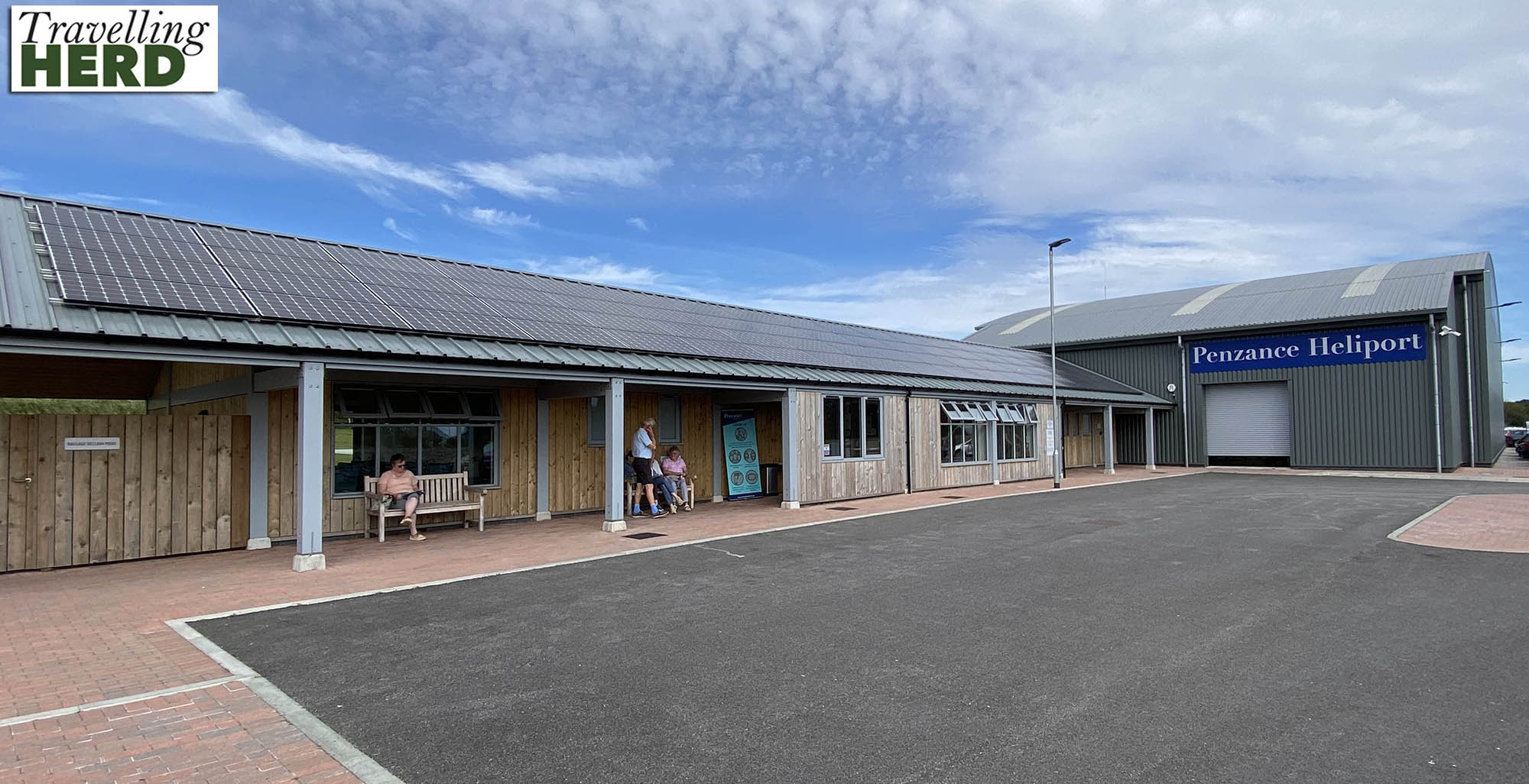
We waved goodbye to our daughters expecting to see them in a few hours.
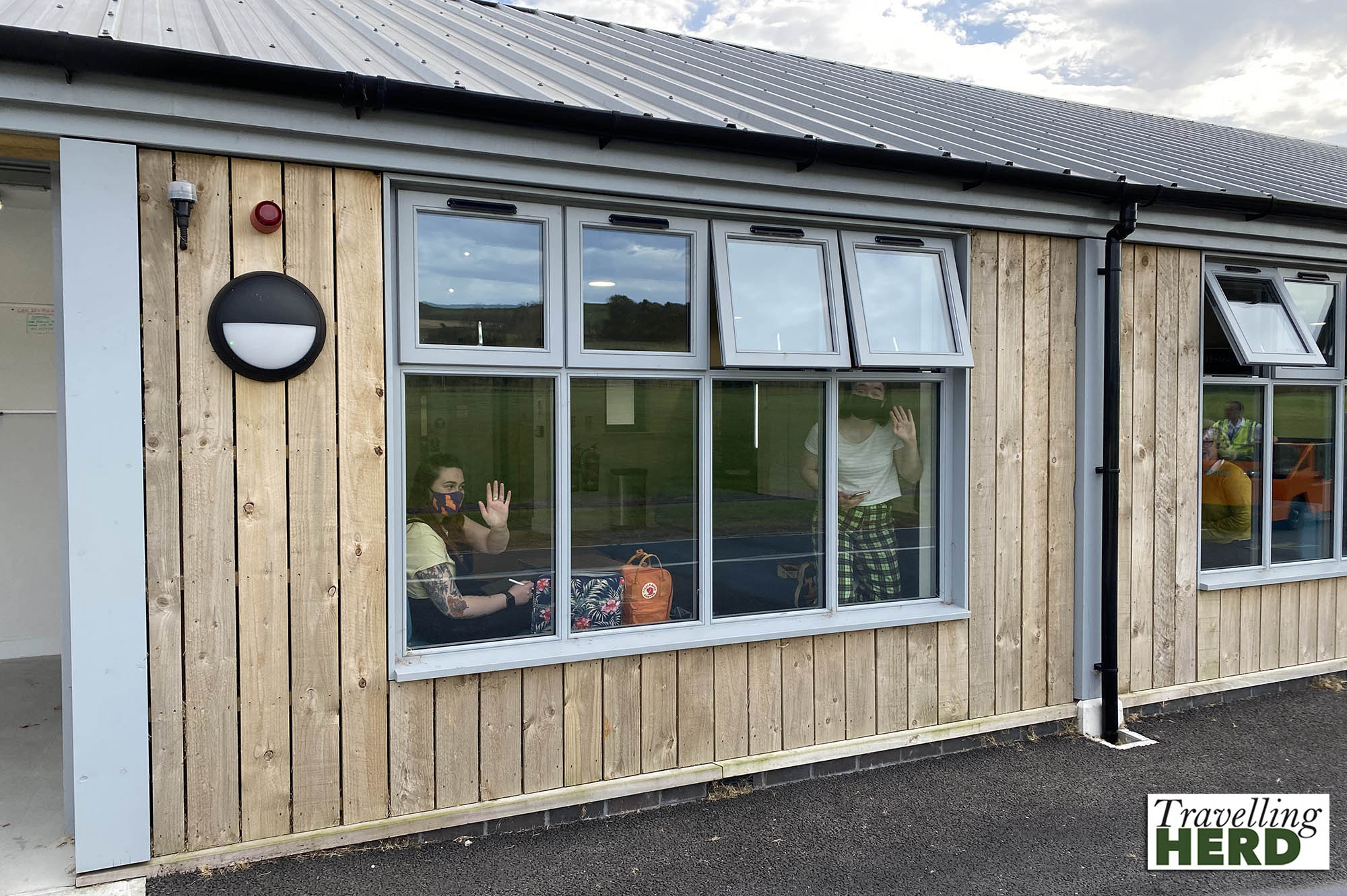
Unfortunately due to a combination of excess flying hours for firstly the helicopter and then the pilot, their flight was cancelled. It was a pity we were not told in advance as we would gladly have given them our seats so that they had more time on the island. Still, one swanky expensive hotel stay later they boarded the Scillonian and caught up with us on Tresco the following day.
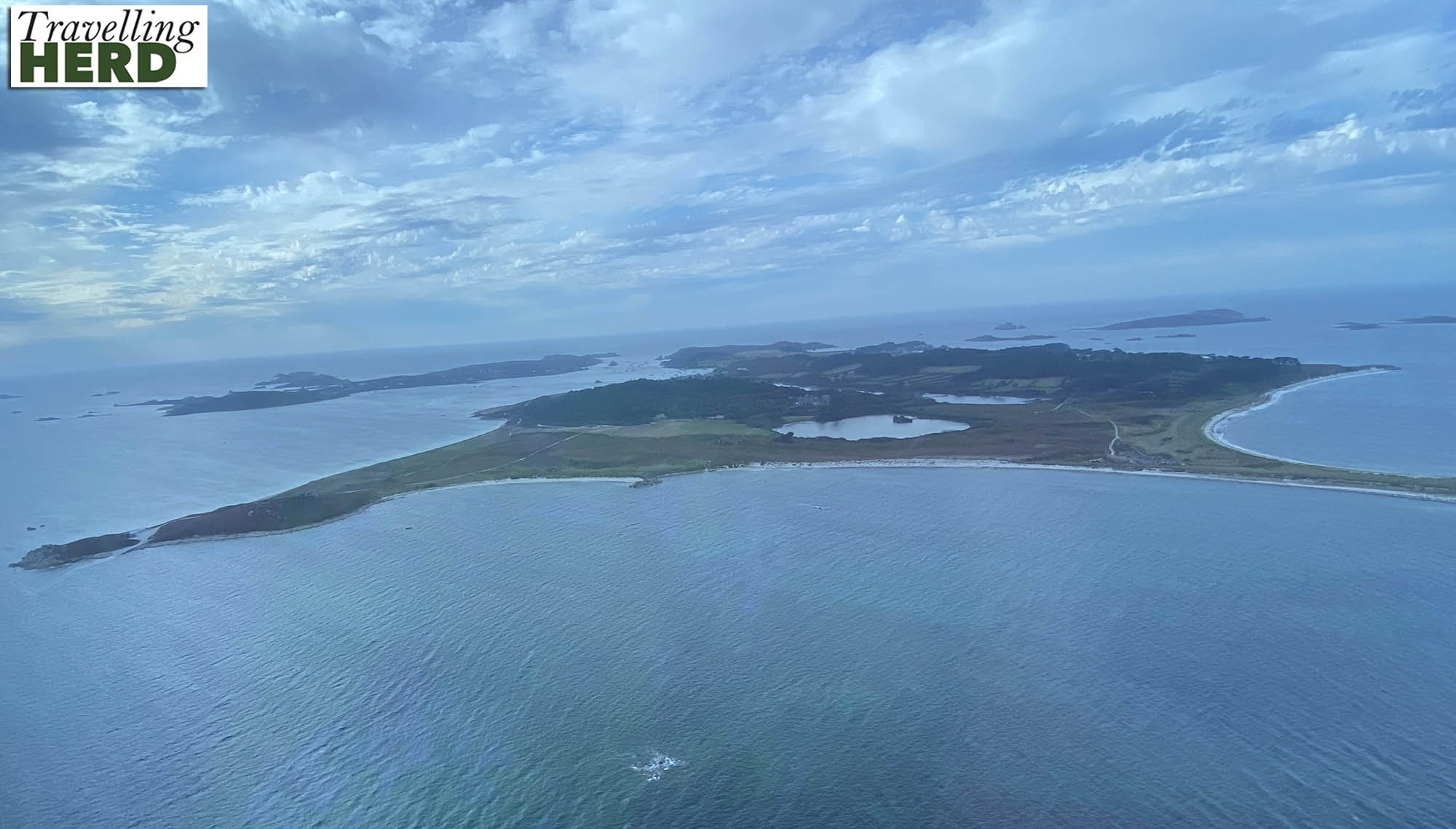
Once again, Robert felt the need to reacquaint himself with the local bar at the earliest opportunity. Regular readers may already know that the view from the Ruin Inn on Tresco is one of our favourites.

Video of the day:
Selfie of the day:

Dish of the day:
